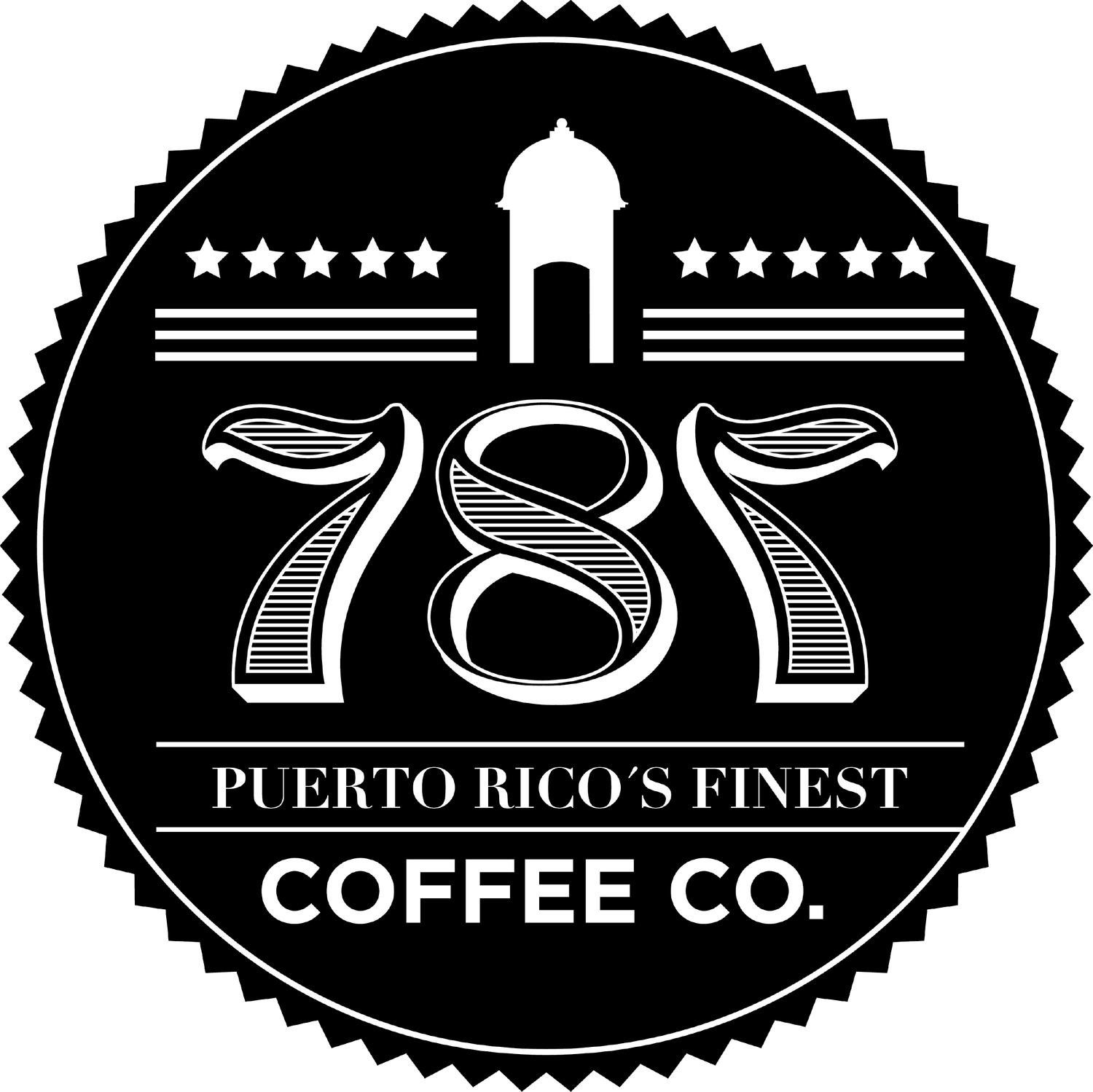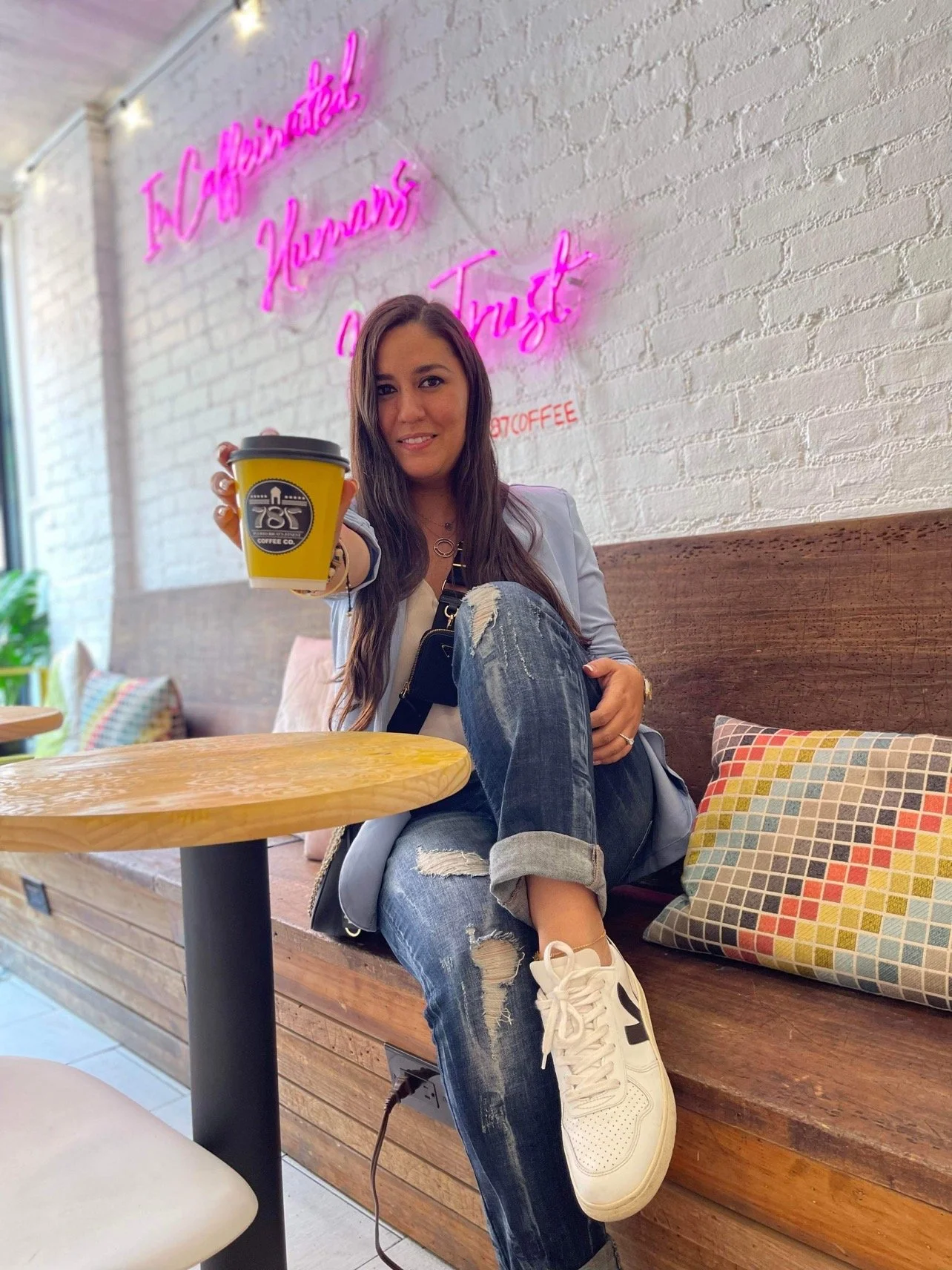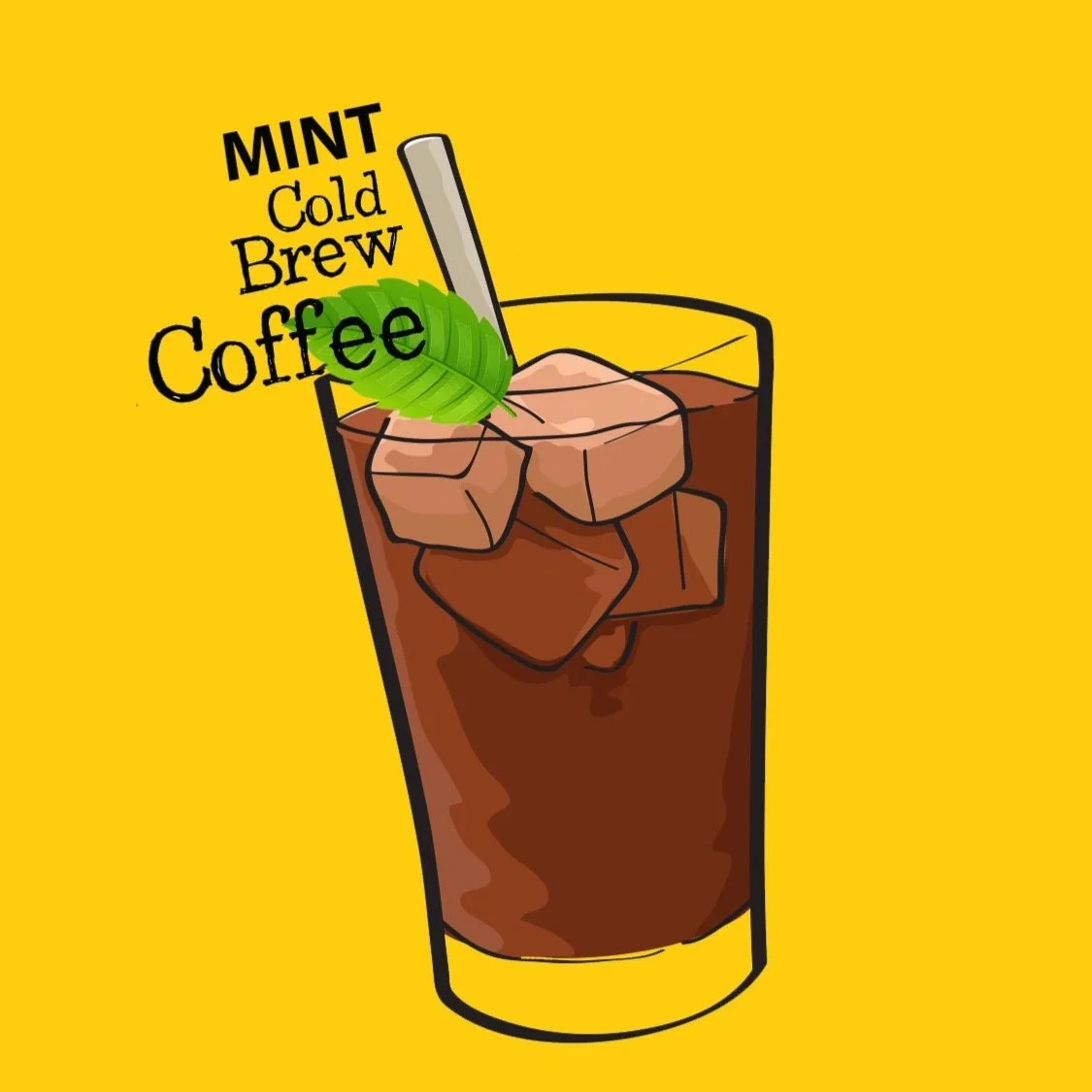How Temperature Can Impact Your Coffee Experience | 787 Coffee Blog
There's nothing like a fresh, steaming cup of coffee to start your day. But have you ever stopped to consider how the temperature of your coffee affects its taste and overall experience? Temperature plays a crucial role in coffee's flavor and aroma, and if you're a coffee lover, you owe it to yourself to understand how it affects your brew.
When it comes to making a delicious cup of coffee, you need to know how to balance several factors, including brew ratio, grind size, brewing time, etc. But one of the most overlooked variables happens to be the thing that makes your coffee piping hot – temperature. Let’s take a look at how brewing temperature affects your coffee. In this 787 Coffee blog post, we will dive deep into how temperature can impact YOUR coffee experience.
Brewing Temperature
One of the most important aspects of coffee brewing is the temperature of the water you use. Ideally, you want to brew your coffee between 195°F and 205°F (90°C- 96°C). At this temperature, the water can effectively extract the flavors from the coffee beans without scorching them. Brewing at a lower temperature can result in weak and under-extracted coffee, while brewing at a higher temperature can result in over-extracted and bitter coffee. However, different coffee roasts may require different temperatures to extract their unique flavors and aroma. Make sure that your coffee machine or kettle is calibrated to the right temperature to avoid ruining your perfect cup of coffee.
Coffee brewing temperature is important because it can affect the taste, consistency, and quality of the coffee. Again, If the water is too hot, it can over-extract the coffee beans, leading to a burnt and bitter taste. On the other hand, if the water is not hot enough, the coffee may taste weak and lack flavor.
The ideal brewing temperature is between 195°F and 205°F (90°C to 96°C), which is just below boiling point - 212°F
What’s handy about this temperature range is that it works across all brewing methods. Whether you prefer the pour-over method, the French press, or something else, just stick within that temperature range, and you’re good to go.
You may need to raise or lower the temperature depending on the type of roast you’re brewing. For a lighter roast, brew your coffee at a slightly higher temperature because it will help speed up the extraction process a bit. Brew a darker roast at a lower temperature to avoid over-extraction and minimize the potential for bitter flavors.
Brewing temperature also plays an important role in determining the strength and consistency of the coffee. For example, if the water is too cool, the coffee may take longer to brew, resulting in a weaker coffee. Alternatively, if the water is too hot, it may pass too quickly through the coffee, leading to under-extracted coffee.
Overall, getting the brewing temperature right is essential to ensure a flavorful and enjoyable coffee experience.
Serving Temperature
After brewing, many people enjoy the traditional coffee ritual of pouring their coffee into a mug, adding milk and sugar, and then sipping it slowly. But here's the thing: the temperature of your coffee doesn't just affect the flavor, it also affects the mouthfeel and thickness of the coffee. If your coffee is too hot, it can feel thin and harsh on your tongue, even if it has a great aroma. Alternatively, if it's too cold, it can taste flat and lifeless. A temperature between 125°F and 140°F (52°C- 60°C) is perfect for serving coffee and elevates its taste experience.
Cold brew, though, is an exception. Its extended brew time compensates for the lower temperature.
Cold brew has been a popular coffee trend for a few years now, and for good reason. Cold brewing allows the coffee to extract slowly without the high temperatures that can lead to over-extraction and bitterness. The best temperature to store your cold brew is under 40°F (4°C), as keeping it above this temperature will oxidize and stale the coffee, losing its flavor and freshness. Next time, try to enjoy an ice-cold glass of cold brew to beat the summer heat.
Coffee Chilling
If you don't have time to make a cold brew, but you want to enjoy coffee flavoured drinks in the warm weather, one common option is to steep coffee or pour over ice. But it's important to know the impact of temperature on coffee maceration, these methods can lead to a watered down coffee or a loss of clarity and depth. Therefore, the best practice is to prepare a triple strength coffee concentrate and then mix it with the desired coagulate, syrup, or bottled caramel.
Conclusion
Temperature plays an essential role in the coffee experience, and understanding the impact of temperature can help you taste, enjoy, and appreciate coffee on a deeper level. Whether you like a traditional hot cup of coffee or something iced and refreshing, controlling the temperature can improve the flavor and overall experience. So, next time you reach for your favorite coffee mug, think about the temperature of your brew and how it could affect your coffee experience.
Learn more about the coffee you buy and drink at 787 Coffee
Hacienda Iluminada, home of 787 coffee, is the farm where we grow our coffee beans on the fertile mountains of Maricao, where the climate and soil provide the perfect conditions for coffee plants to thrive. The farm uses a combination of traditional and modern farming techniques to ensure that the coffee cherries are of the highest quality making it specialty coffee.
The flavor of coffee is influenced by the terroir, which refers to the unique combination of climate, soil, and other environmental factors that affect the taste and aroma of the coffee. Each coffee-growing region in the world has its distinct flavor profile, making coffee farming a diverse and exciting field.






